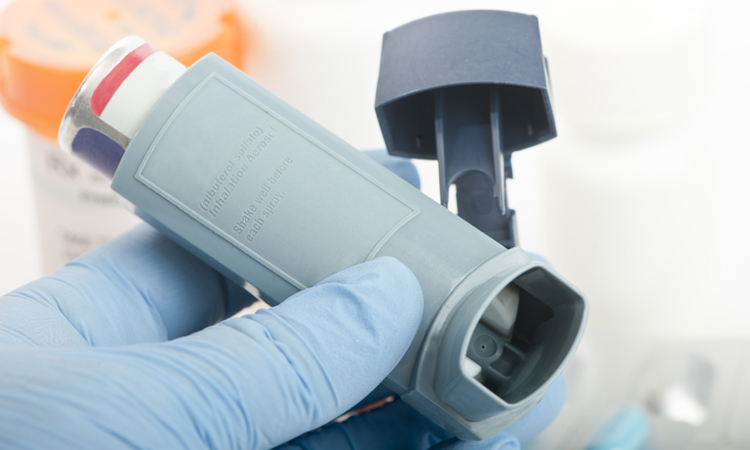Understanding European regulatory requirements for low-GWP propellant transition
Posted: 21 August 2025 | Catherine Eckford (European Pharmaceutical Review) | No comments yet
The paper explores recent guidance by the EMA and aims to help companies ensure their developments are efficient and effective for the forthcoming transition.


Greater industry collaboration is needed to support the ongoing transition to low-global warming potential (GWP) alternatives to pressurised metered dose inhalers (pMDIs), updated research has stated.
The whitepaper by Orbia Fluor & Energy Materials’, in partnership with DLRC Group, has highlighted the need for greater alliance between manufacturers and pharmaceutical companies to produce robust data packages that support this shift.
The European Medicines Agency (EMA) recommends a stepwise approach for demonstrating therapeutic equivalence, according to the authors. “Higher solvency power of third generation propellants may require less redevelopment [of device components than previous transitions]”.
The agency has previously published a Q&A on data requirements for sustainable alternatives to pMDIs.
Complying with new regulatory requirements for low-GWP propellants
“This is the second time that the pharmaceutical industry has been through a propellant transition with pMDIs; the first time was in the 1990s [which] was a difficult and prolonged transition … the current transition is expected to be much smoother”
More pharmaceutical companies are switching to low-GWP propellants to comply with new regulation. Over the past several years, companies such as AstraZeneca, Chiesi and GSK have made favourable progress towards this goal.
For example, in 2023, AstraZeneca announced Phase III data indicating that a low carbon version of GSK’s metered dose inhaler, Ventolin (salbutamol), could lower the resulting greenhouse gas emissions by approximately 90 percent.
Switching to these more sustainable alternatives can reduce total CO2 emissions from inhalers by 89 percent, based on research published in the BMJ Open Respiratory Research in 2021.
Facilitating a sustainable future in drug delivery
Ian Ashurst, Principal Regulatory Consultant at DLRC, said: “This is the second time that the pharmaceutical industry has been through a propellant transition with pMDIs; the first time was in the 1990s when the ozone depleting CFC-based propellants were replaced with the current HFA propellants. That was a difficult and prolonged transition.
“Significant learnings have been taken from that experience, and the current transition is expected to be much smoother. Our joint whitepaper will help companies understand the background and the regulatory requirements for this current transition to ensure their developments are efficient and effective.”
Related topics
Drug Delivery Systems, Industry Insight, Regulation & Legislation, Research & Development (R&D), Sustainability, Technology, Therapeutics









